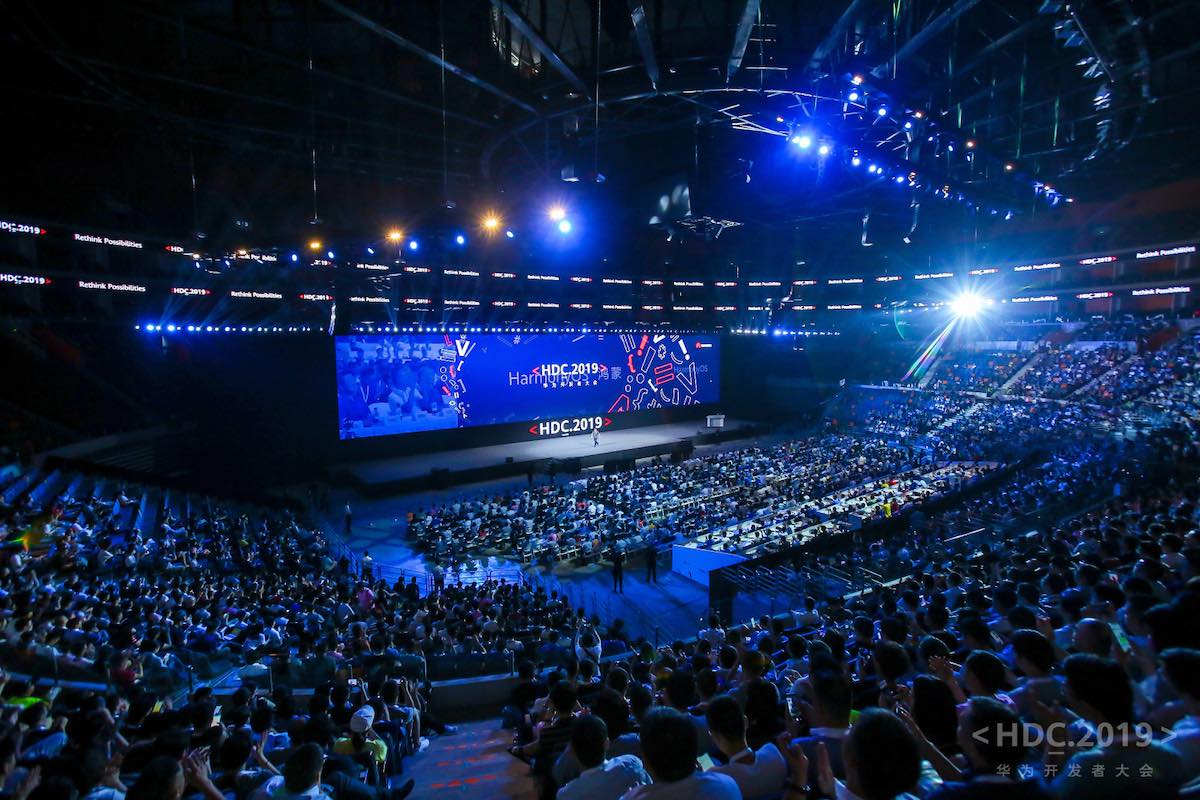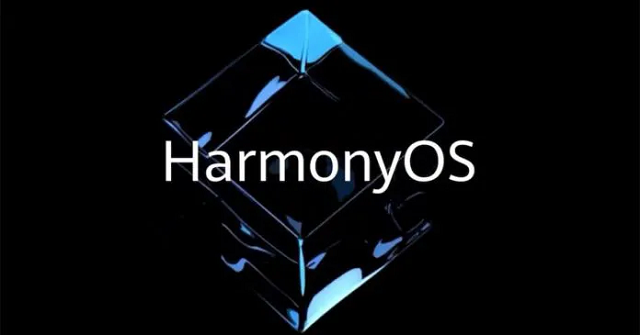At its recently concluded Developer Conference in Dongguan, China, Huawei announced the launch of a new microkernel-based, distributed operating system called HarmonyOS.
While it was already known that Huawei was on the path to developing its own operating system, the recent trade war between the US and China seems to have accelerated the company’s development and launch schedule.
In China, HarmonyOS will be known as HongMengOS. The company renamed ‘HongMeng’ to ‘Harmony’ for international markets.
Harmony OS was officially announced by Richard Yu, CEO of Huawei’s Consumer Business Group, who explained that the new OS has advanced cross-platform capabilities.
He also added that HarmonyOS is entirely different from Android and iOS right from the ground up, thanks to its microkernel-based design.
“HarmonyOS is a microkernel-based, distributed OS that delivers a smooth experience across all scenarios. It has a trustworthy and secure architecture, and it supports seamless collaboration across devices. You can develop your apps once, then flexibly deploy them across a range of different devices,” Mr.Yu added.
HarmonyOS for smartphones, currently, is in its early stages and Huawei has confirmed that there is still some time before they launch mobile phones that run the new OS. The company, however, did announce new SmartTVs called the Honor Vision and the Honor Vision Pro that run HarmonyOS. We have talked about the Honor Vision series of Smart TVs in detail in a separate article.

How Different is HarmonyOS from existing mobile Operating Systems?
As mentioned earlier in this article, HarmonyOS is a micro-kernel based OS which makes it markedly different from Android and iOS, both of which are monolithic-Kernel based. Huawei claims that the use of a microkernel improves the overall security aspect of the OS.
Another claim made by the company is that the performance of a microkernel-based platform is theoretically better than that of Android or any other Linux based operating systems.
One of the major features of HarmonyOS that the company stressed upon is the fact that it is capable of delivering a seamless experience across multiple devices.
In sheer laymen terminology, this essentially means that an app designed to run on a HarmonyOS powered TV could easily be ported to run on a smartphone or vice versa.
HarmonyOS also boasts of something that Huawei refers to as a Deterministic Latency Engine and high-performance Inter-Process Communication (IPC).
Both these work together to set task execution priorities and time limits for scheduling in advance. This results in reducing the response latency of apps by 25.7%.
The microkernel can make IPC performance up to five times more efficient than existing systems.
Along with HarmonyOS, Huawei also announced the launch of the HUAWEI ARK Compiler. This is claimed to be the first static compiler that can perform on par with Android’s virtual machine.
The HUAWEI ARK Compiler enables developers to compile a broad range of advanced languages into machine code in a single, unified environment.
The future of HarmonyOS
While Huawei is yet to introduce a working version of HarmonyOS for smartphones, the company did announce the evolution roadmap for the OS. The first version of the OS called HarmonyOS 1.0 has already arrived on its Honor branded smart TVs that will go on sale in China soon.
Over the next three years, Huawei plans to optimize the operating system so that it can be deployed across a wide array of smart, connected devices that range from wearables to head units for cars.
Source: My Smart Price













